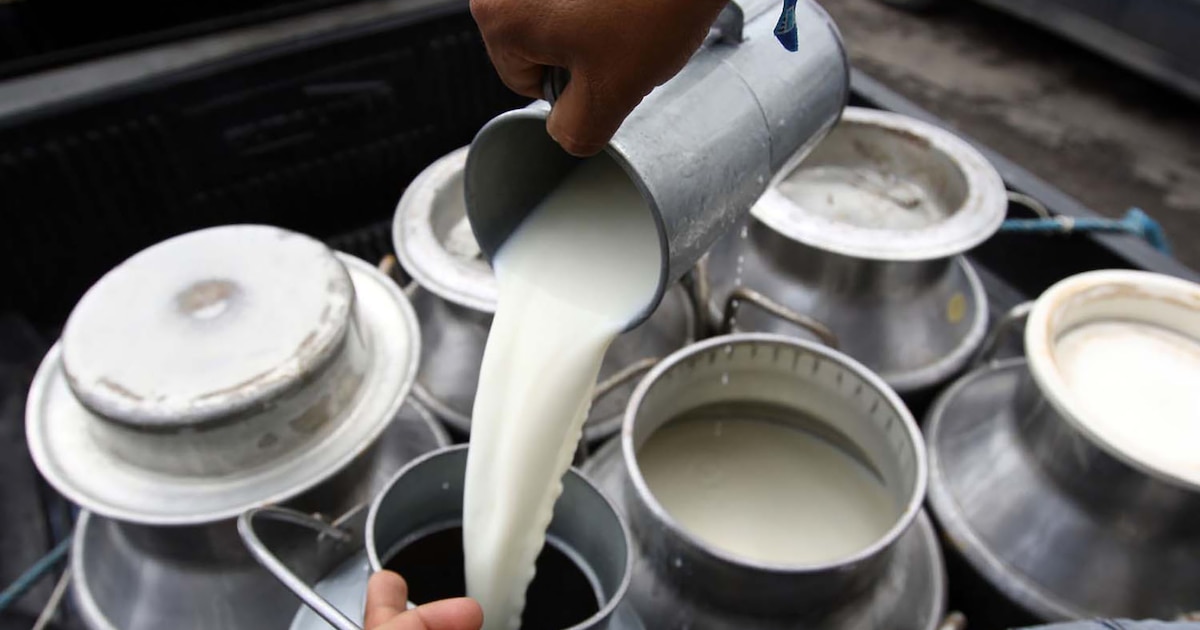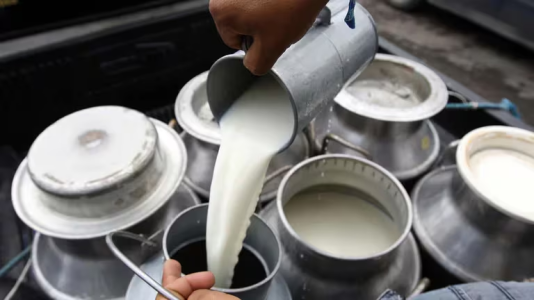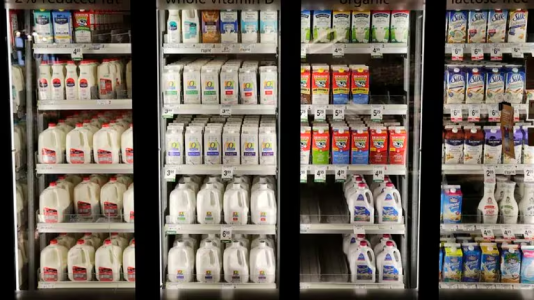All the Answers
Well-known member
Milk consumption fell almost 20% in the first quarter - Infobae

Source:

El consumo de leche cayó casi 20% en el primer trimestre
Así lo indicó el Instituto para el Desarrollo Agroindustrial Argentino (IDAA), que precisó que las leches fluidas representan el 21% del consumo y las leches en polvo el 8%
May 22, 2024
This was indicated by the Institute for Argentine Agroindustrial Development (IDAA), which specified that fluid milks represent 21% of consumption and powdered milks 8%.

Dairy production fell 14% in the first three months of 2024
Dairy consumption fell 18.7% year-on-year in the first quarter of the year with a general decline in all products, according to the Institute for Argentine Agroindustrial Development (IDAA).
In this sense, fluid milks represent 21% of consumption and powdered milks 8%, constituting 29% of the total dairy consumption of Argentines. Consumption of the former accumulated a drop of 19.6% in the first quarter of the year and that of the latter of 30.4% compared to the same period in 2023.
“The indices show a sharp drop in milk consumption and a clear tendency to opt for cheaper products, in this case refrigerated fluid milk, which presents a quarter-on-quarter drop of -14%, and in March the low consumption of these is exacerbated by falling at -20.2%. At the other end, skimmed milk powder (-5.1%), intended for a segment with greater purchasing power, suffered the smallest drop," said the IDDA.
The report highlighted that Argentina is one of the countries with the highest milk consumption in the world and detailed the evolution over the last 30 years: “In 1990 we consumed 162 liters per inhabitant per year, in 2000 we reached a peak From 227 liters/inhabitant/year, after the crisis we fell to 179 liters/inhabitant/year in 2003 and we recovered to close 2015 with 217 liters/inhabitant/year. At the end of 2019 we had fallen again with 182 liters/inhabitant/year and we were able to close 2023 with an increase that reached 194 liters/inhabitant/year.”
“To measure the very good consumption of milk and derivatives, we can say that if in 2023 Argentines consumed 194 liters/inhabitant/year, the European Union was the one with the highest consumption in the world with 280 liters (Sweden and Holland stand out with 355 and 330 liters), followed by the US with 278 liters, New Zealand with 250 liters, Uruguay with 230 liters, Costa Rica with 200 liters and then Argentina,” he added.

In 2023, Argentines consumed an average of 194 liters of milk per inhabitant per year. REUTERS/Gary Cameron
Regarding other items, cheese sales, which represent 60% of dairy consumption, fell 10.4% in the first quarter and the decrease in purchasing power made people turn to consuming cheaper soft cheeses, which resulted in a drop measured in equivalent liters of 8.8%.
Meanwhile, the consumption of yogurt fell 23.3%, butter, 13.4%; of dulce de leche and cream, 9%, and of desserts and flans, 49.8%.
The collapse translated into a drop in dairy production of 14% in the first three months of the year. This is the lowest average in the last 5 years.
In turn, exports grew 6.4% and the products that had a greater participation in the exported volume of the quarter were milk powder, with a growth of +18.8%, and cheeses, with +11.1%.
“Exports in the first quarter represented 30.1% of the volume of milk produced when in 2023, with greater production, the export-production ratio was 24.4%,” indicated the IDAA.
In any case, food consumption has been falling in general due to the fall in purchasing power: according to the Argentine Confederation of Medium Enterprises (CAME), sales fell 8.5% annually in April, at constant prices and accumulate a drop of 23.8% in the first four months of the year compared to the same period in 2023.
We can also mention the case of meat, whose consumption fell 17.5% in the first four months and was once again at the lowest level in 3 decades, according to the Chamber of Industry and Commerce of Meat and Derivatives. of the Argentine Republic (CICCRA).
Thus, the apparent consumption of beef per inhabitant would have been equivalent to 42.4 kilos/year in the first four months of 2024, being 18.5% lower than that registered in the same period of 2023 (-9.6 kg/inhabitant/year ).

